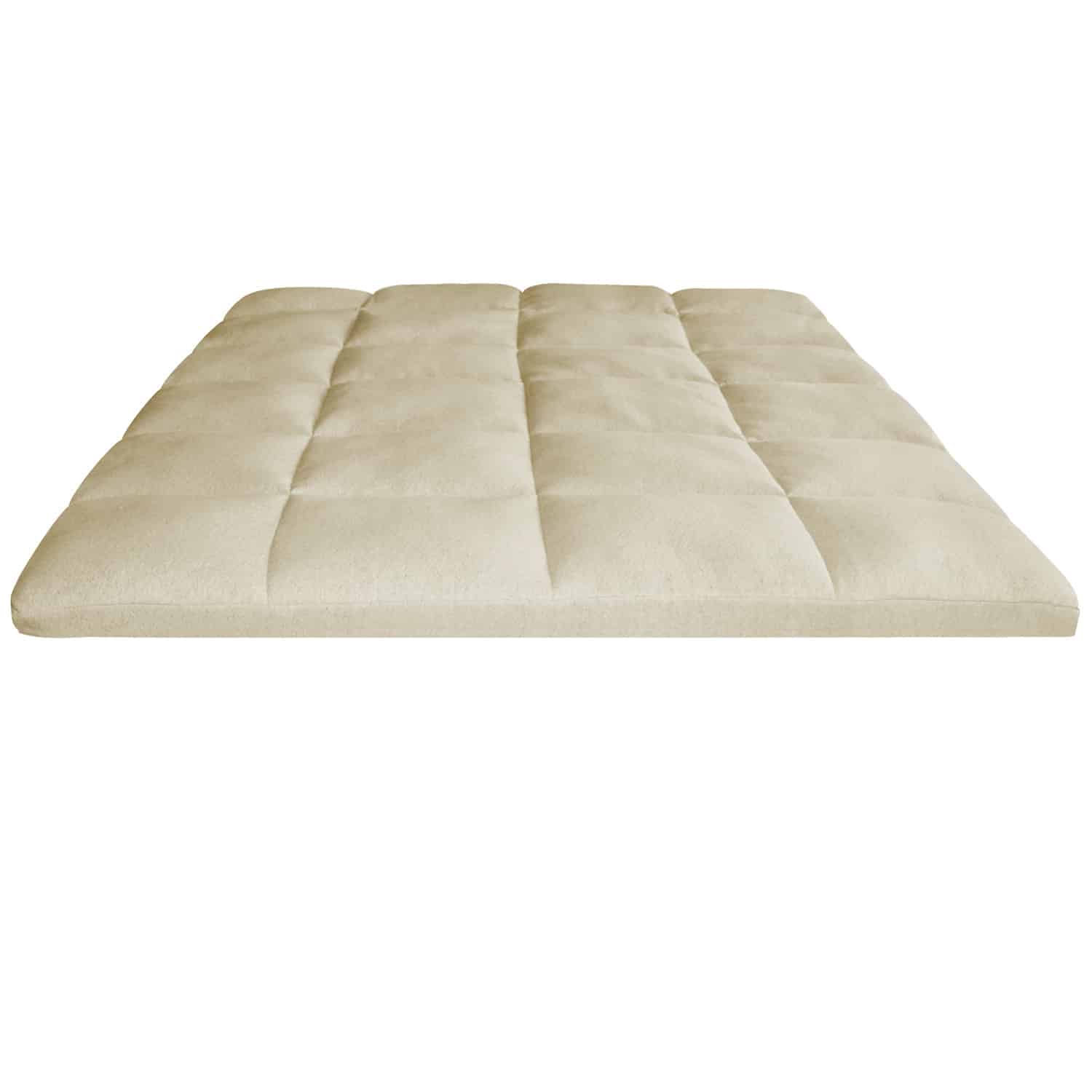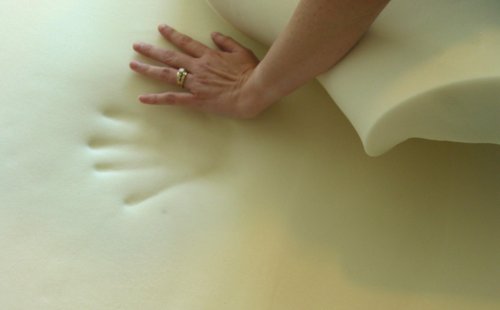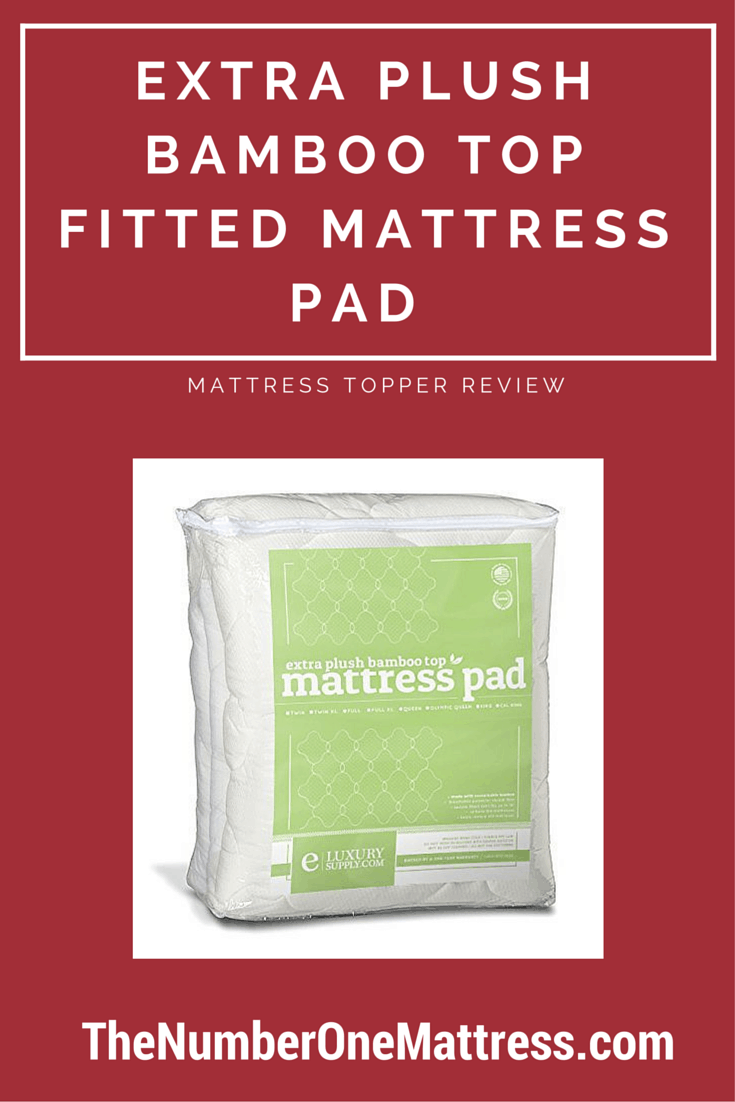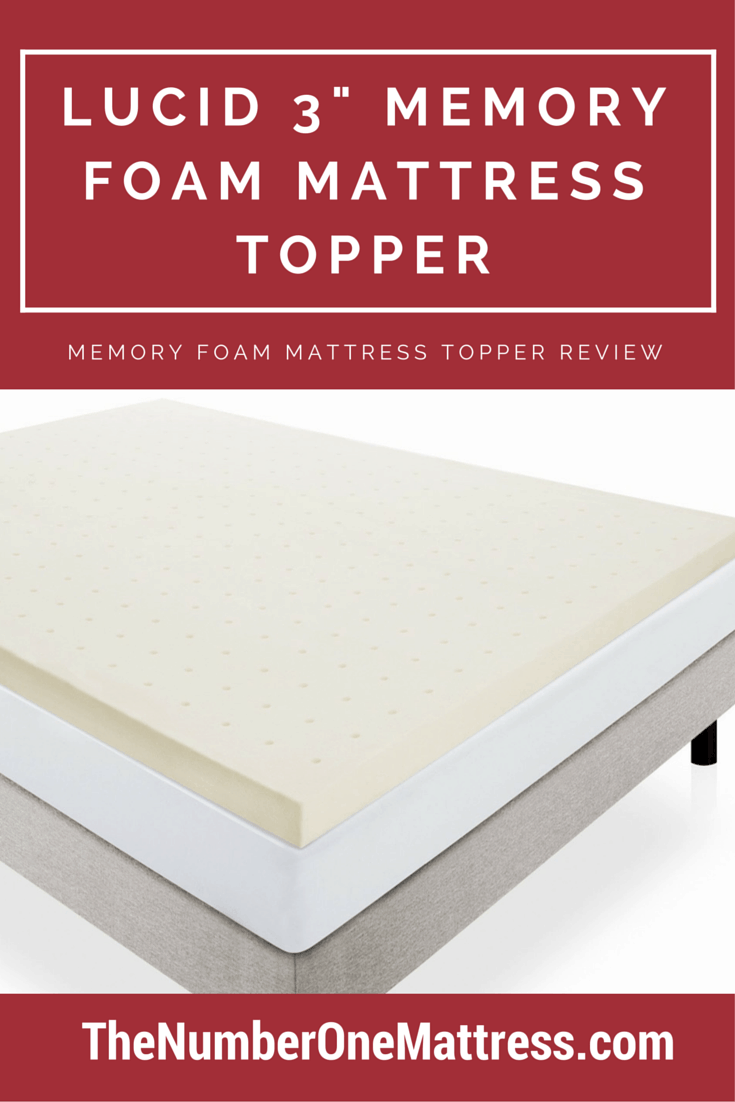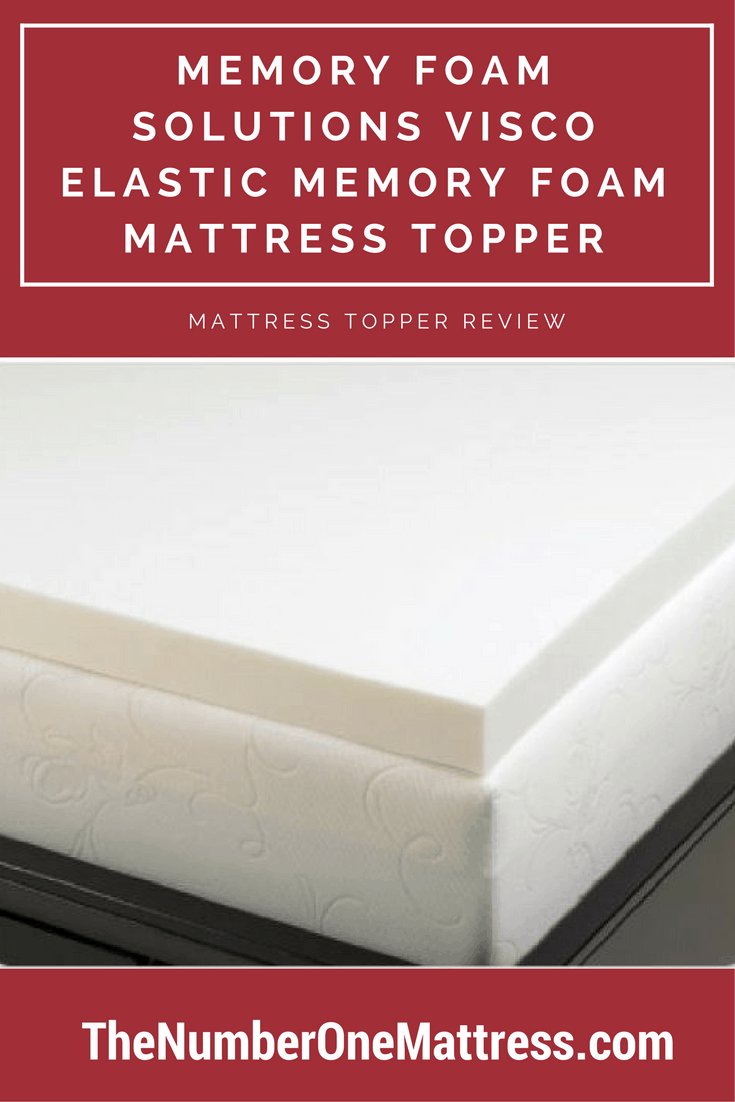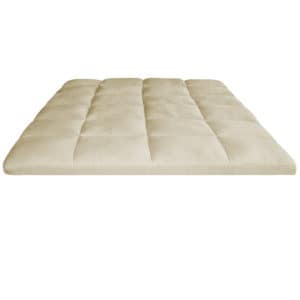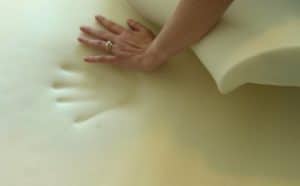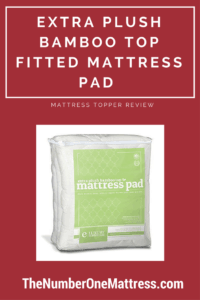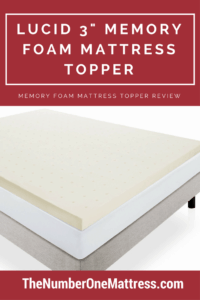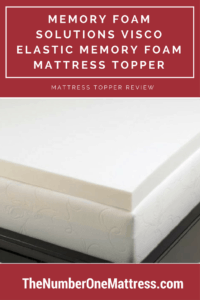Top Mattress Topper Reviews
Mattress Topper Comparisons
The Benefits Of Memory Foam Mattress Toppers
Have you ever woken up to a stiff neck or a painful ache in your lower back? If you think about it, it makes sense. Lying in an unnatural position for hours on end can send your body into a rebellious ache. The spine is one of the most sensitive and complex structures in the human body, and when we sleep in a way that causes the spine to rest in a position that it wouldn’t normally take, we can expect to have some moderate or even severe stiffness or pain. Since the spine stretches from the coccyx (your butt bone) all the way up through the brain stem, and because it consists of both soft tissue and small, interconnected bones, just the slightest misalignment can cause long term damage and pain.
The spine contains three natural curves—one in the lower region called the Lumbar curve, one in the middle of the back called the Thoracic curve, and the upper one is called the Cervical curve. The span of each curve is extremely precise. It’s evident when looking at an X ray of someone with scoliosis (a spine with a sideways curvature) that something is wrong. So it’s important to sleep in a way that makes your spine happy.
But how can we ensure that the spine remains in a more natural state while sleeping? Some specialists say that placing a pillow between the knees while lying on your side is best for the spine, but pillows can easily move around when you’re asleep (especially if your dreams are particularly active). Given that other efforts don’t seem to do the trick, many physicians and mattress specialists insist that memory foam is the best option for the most natural position.
What is memory foam?
Used for many purposes, memory foam is made from a substance called viscoelastic. Though it was invented back in the 70s (and was used by NASA), it wasn’t until much later that it was incorporated into sleep technology. It has been used traditionally on seats, different kinds of helmets, pillows, and mattress toppers. The foam reacts to pressure and heat, becoming softer with more heat or pressure. Since our bodies are warm, memory foam adheres to the body’s shape and returns to the original shape slowly after heat and pressure are removed. This makes it the perfect substance for a natural shape when sleeping. Instead of the body conforming to a stiff mattress, the memory foam compresses under curves to allow for a natural curvature.
So what exactly is a memory foam mattress topper?
A memory foam mattress topper is a thin layer of memory foam added to the top of a mattress. Memory foam isn’t supportive on its own, so it’s made to go on top of a regular mattress. Toppers range in thickness from around 2 inches to 5 or more inches. Foam ranges in density, so a higher density foam is better quality. A 5-pound density or higher foam mattress topper is considered the highest quality. Toppers are also assigned a number from 1-20 for firmness, where the lower the number the softer the foam.
What are the benefirts of a memory foam mattress topper?
Though sleep is a difficult area to assess from a scientific stand point due to subjectivity of test results and personal sleeping preference, scientists think the long-term effects of memory foam may be beneficial, especially in those who suffer from back problems. Memory foam is a relatively new thing, and therefore hasn’t been tested over long periods of time; however, people with severe back problems may benefit from using a memory foam mattress topper since it allows for a more natural body shape when sleeping, thereby promoting sounder sleep.
One specific way that memory foam helps the body during sleep is by reducing pressure points. Pressure points are areas where more stress is being placed on the body. For many, the most common pressure point is in the neck. With so many interconnecting muscles and bones which travel from the upper back and shoulders up through the brain stem, the neck can be very sensitive to unnatural positions. Imagine sleeping on a hard wood floor; the floor does not conform to the natural line of the spine, which means the shoulders and hips are forced to conform to the floor. With a misalignment in the shoulders and upper back, the spine is likely to develop pain and sore muscles. This will leave you with a stiffness that only ibuprofen and hours of heat application will fix.
If you’re wondering what the difference is between a memory foam mattress topper and the regular spring mattress, the secret to memory foam lies in its makeup. Different from a regular spring mattress which immediately springs back to its original form, memory foam cells contain air, and transfer energy from cell to cell more slowly. This is why the foam doesn’t immediately spring back when you get up. Regular springs don’t allow your body to keep as much of its natural form because the spring are pushing against your body. Memory foam actually condenses under your curves, eliminating a push-back effect. Sleeping on a memory foam mattress topper allows the spine to remain in its natural shape by conforming to the body.
Remember, memory foam is temperature-sensitive. That means in hotter conditions, the material gets softer and in colder conditions, it gets harder. If you’re looking to buy a memory foam mattress topper, try not to store or transport it in extreme temperatures. Even though memory foam tends to retain heat, a good temperature can be maintained by adjusting the sheets or thermostat.
If you’re suffering from neck or back pain, or if you’re just looking for more comfort at night, a memory foam mattress topper is a great option. Look for high quality memory foam by asking about density, thickness, and firmness. If you’re thinking about a purchase, be sure to read online reviews about the specific topper you’re considering and try to find the product in a local mattress store to test it out.

